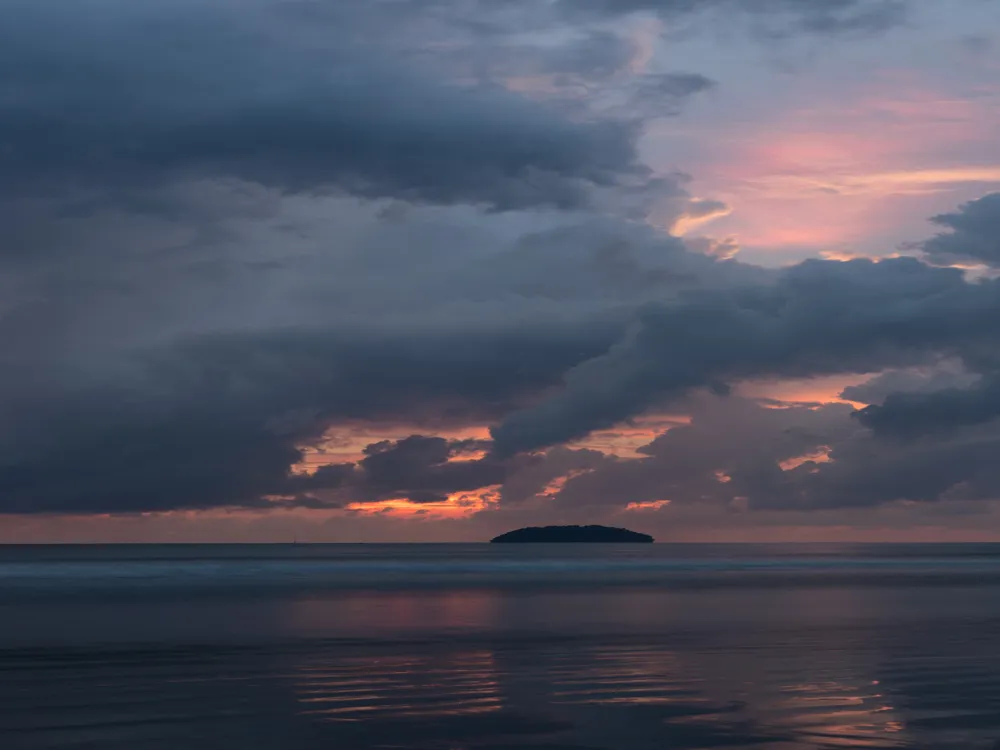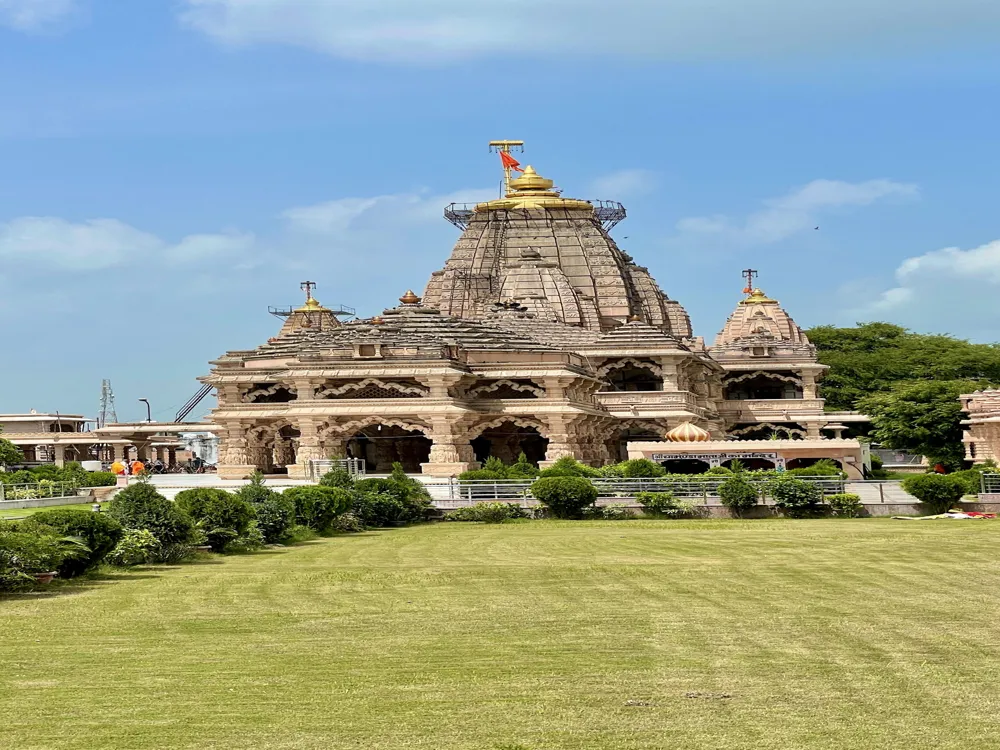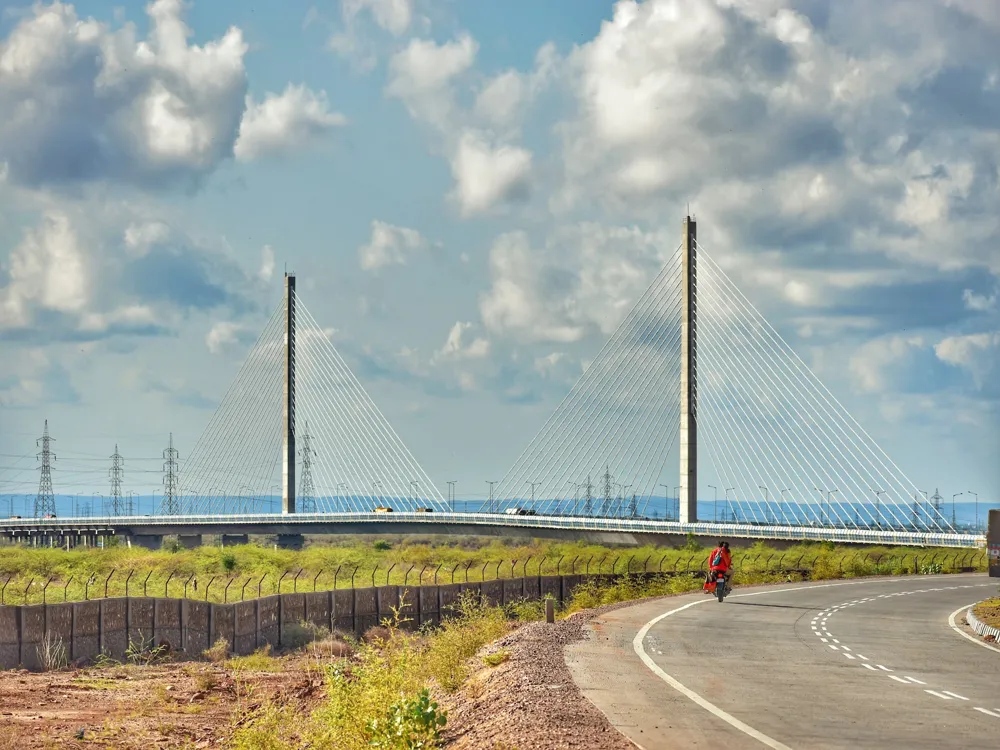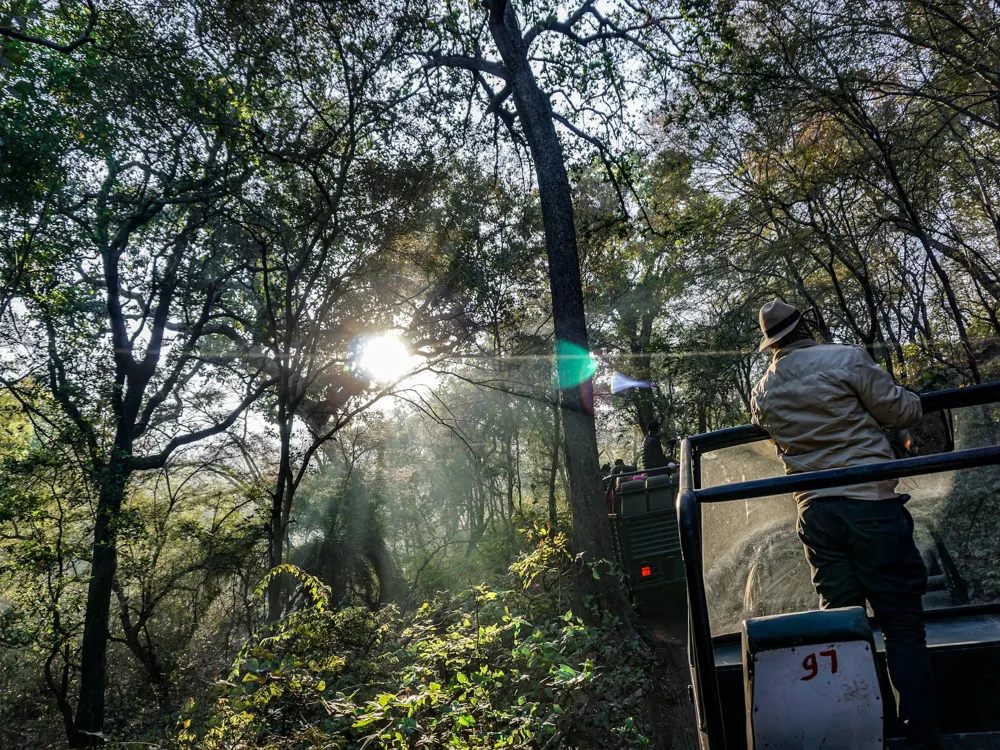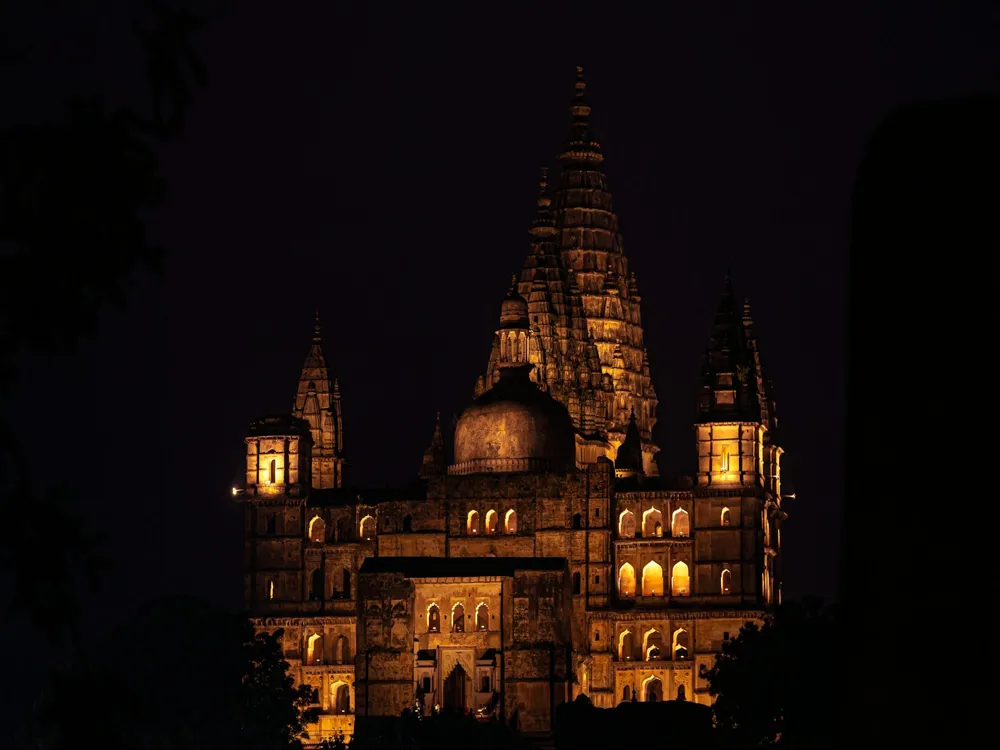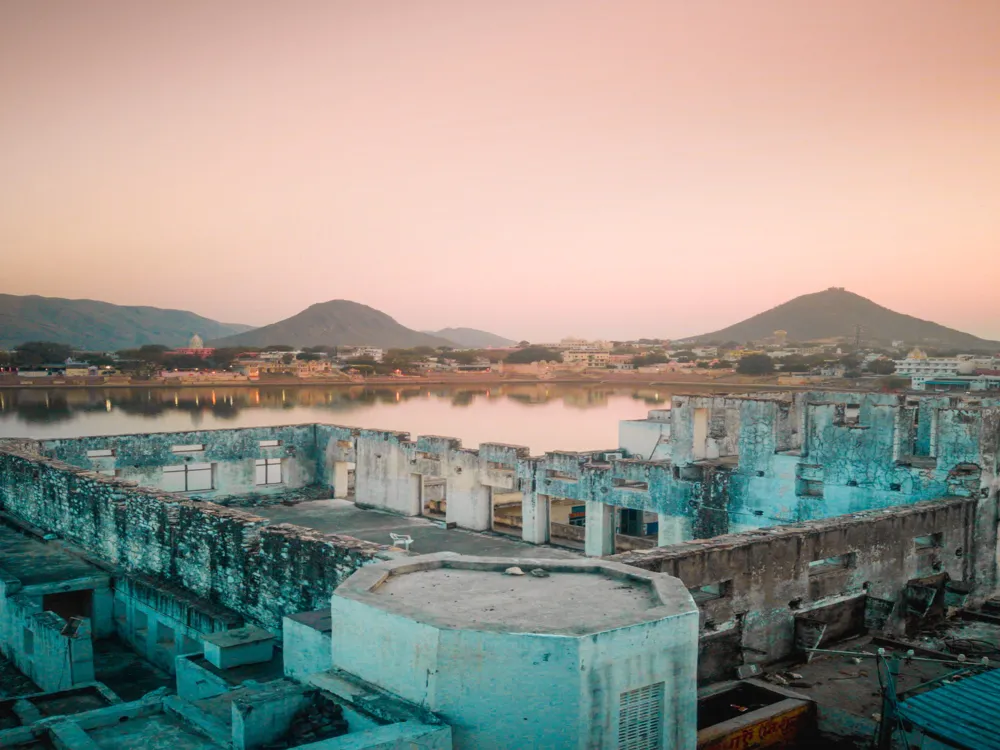Jhalara Patan, nestled in the heart of Jhalawar in Rajasthan, is a hidden gem steeped in history and culture. Known as the 'City of Temple Bells', it resonates with the rich heritage of ancient India. This enchanting town, situated along the banks of the serene Chandrabhaga River, boasts an impressive lineage dating back to the 6th century. Jhalara Patan's allure lies in its unique blend of history, mythology, and architecture, making it a fascinating destination for history enthusiasts and spiritual seekers alike. The city's history is a tapestry of various dynasties, each contributing to its cultural and architectural landscape. From the rule of the Rajputs to the influence of the Mughals and the British, Jhalara Patan has been a witness to a myriad of historical events. This rich past is reflected in the city's architecture, with ancient temples and palaces dotting the landscape, each telling a story of its own. The intricate carvings, stone works, and the overall design of these structures are a testament to the skilled craftsmanship of the bygone eras. Jhalara Patan's architecture is a splendid showcase of Indian artistry and ingenuity. The city is home to numerous temples, each a masterpiece in its own right. The most notable among these is the Sun Temple, an epitome of classical Indian temple architecture. This temple, dedicated to the Sun God, is adorned with intricate carvings depicting various deities, celestial beings, and mythological scenes. Its unique feature is the alignment of the temple, designed such that the first rays of the sun illuminate the sanctum sanctorum, creating a mesmerizing play of light and shadow. Another architectural marvel is the Gagron Fort, an epitome of Rajput military architecture. Perched on a hilltop, it offers a panoramic view of the surrounding landscape. The fort's massive walls, bastions, and moat reflect the strategic planning and skill of ancient architects. The blend of Hindu and Mughal architectural styles in its design adds to its grandeur and historical significance. The ideal time to visit Jhalara Patan is between October and March when the weather is pleasant, making it conducive for exploration and sightseeing. Visitors are advised to dress modestly while visiting temples and respect local customs and traditions to maintain the sanctity of these historic sites. Do try the local Rajasthani cuisine, which offers a delightful array of flavors, ranging from spicy curries to sweet dishes. Reaching Jhalara Patan is convenient, with multiple options available. The nearest airport is in Jaipur, from where one can hire a taxi or take a bus to Jhalawar. Regular bus services also connect Jhalawar with other major cities in Rajasthan. For those preferring train travel, the nearest railway station is in Ramganj Mandi, about 25 km away. Local transport within Jhalawar is readily available to reach Jhalara Patan. Read More: Overview of Jhalara Patan, Jhalawar, Rajasthan
Architecture of Jhalara Patan
Tips When Visiting Jhalara Patan
Best Time to Visit
Cultural Etiquette
Local Cuisine
How To Reach Jhalara Patan
Jhalara Patan
Jhalawar
Rajasthan
NaN onwards
View jhalawar Packages
Jhalawar Travel Packages
View All Packages For Jhalawar
Top Hotel Collections for Jhalawar

Private Pool

Luxury Hotels

5-Star Hotels

Pet Friendly
Top Hotels Near Jhalawar
Other Top Ranking Places In Jhalawar
View All Places To Visit In jhalawar
View jhalawar Packages
Jhalawar Travel Packages
View All Packages For Jhalawar
Top Hotel Collections for Jhalawar

Private Pool

Luxury Hotels

5-Star Hotels

Pet Friendly














